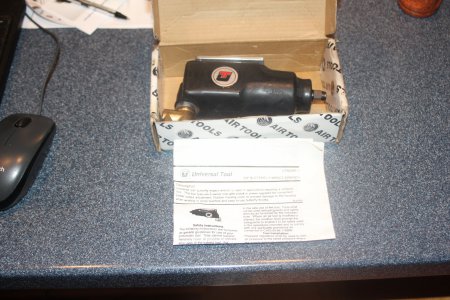Despite being handy to use, they are not good for your hands. The hazard is segmental hand-arm vibration, and it can lead to nerve and vascular damage in the hands and arms. If your knuckles turn white when you make a soft fist after running a vibrating tool, then you've got Reynaud's Syndrome, and your nerves are next.
There are no laws to protect people in the United States from a lifetime of numb, sleepy hands, but there are in Europe and Japan. The manufacturers in those markets over the last two decades have been producing better and better powered hand and air tools with lower transmitted vibration to the operator. Because of that, we are getting better tools and seeing the disappearance of problematic ones.
Even if you have a recent tool, pick up the Bosch equivalent sometime and compare. Bosch was at the forefront of HAV control at the start of the new EU.
So that's a long answer, but is a good explanation for the disappearance of butterfly impacts, palm nailers, and old-school air tools. It's exactly why we don't have asbestos brake pads anymore. They were never banned in the US, but manufacturers knew they couldn't sell asbestos pads in EU, Japan, and Austrailia. The only good business decision was to eliminate the hazardous product and sell the new, safer version to the global market. The US market gets tarred with the same brush because it makes economic sense for the manufacturer. Call it trickle-down health and safety.







